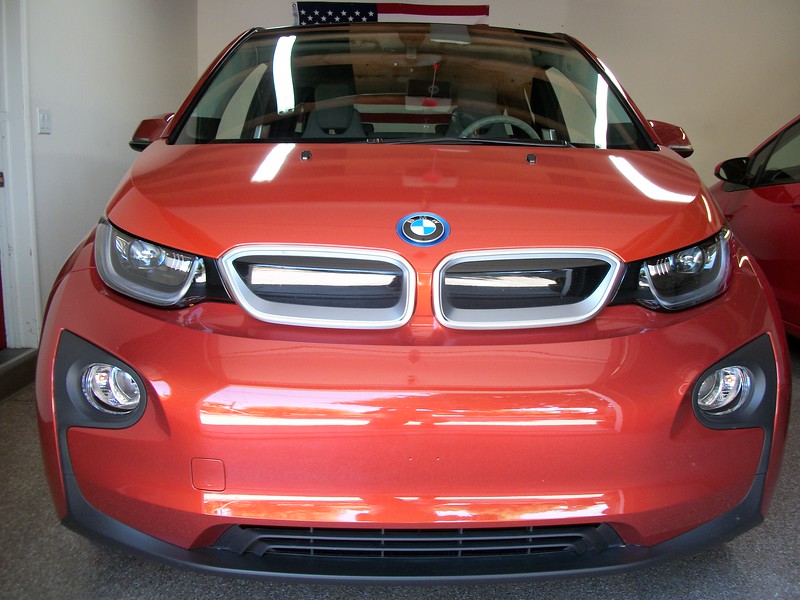Hi,
I picked up the EPA roll-down coefficients and plotted the hp, range, and duration as a function of speed:

This gives a set of curves that suggest:
Now this is just a math model and I had to make some educated guesses. For example, the usable traction battery energy comes from the BMW technical specs and the vehicle electrical overhead from typical Prius values. But any math model needs validation from benchmarks.
Has anyone run any constant speed, range (duration) tests with the i3-Rex? I would use those data points to adjust the math model until we have something useful for trip planning.
Thanks,
Bob Wilson
I picked up the EPA roll-down coefficients and plotted the hp, range, and duration as a function of speed:

- Used "Test Car Database" from EPA.gov for roll-down coefficients
- 18.7 kWhr - traction battery usable capacity, 85% of 22 kWhr
- 746 W - estimated vehicle electronic overhead
- 34 hp - clamped the range extender engine output
This gives a set of curves that suggest:
- 30 mph -> 150 miles (5 hrs)
- 50 mph -> 105 miles (2 hrs)
- 60 mph -> 85 miles (1.5 hr)
- 65 mph -> 75 miles (1.2 hrs)
- 70 mph -> 70 miles (1 hr)
- 75 mph -> 62 miles (0.8 hrs) above 75 mph the range extender runs out of power and draws from traction battery
Now this is just a math model and I had to make some educated guesses. For example, the usable traction battery energy comes from the BMW technical specs and the vehicle electrical overhead from typical Prius values. But any math model needs validation from benchmarks.
Has anyone run any constant speed, range (duration) tests with the i3-Rex? I would use those data points to adjust the math model until we have something useful for trip planning.
Thanks,
Bob Wilson




















![Electric Spin Scrubber, [IPX7 Waterproof ] [50KG Torque] Shower Scrubber with 9 Brush Heads, 2 Speed Mode, 4 Adjustable Angles, Electric Brush for Cleaning for Bathroom Floor Tile (Gray)](https://m.media-amazon.com/images/I/51R1fR54smL._SL500_.jpg)































